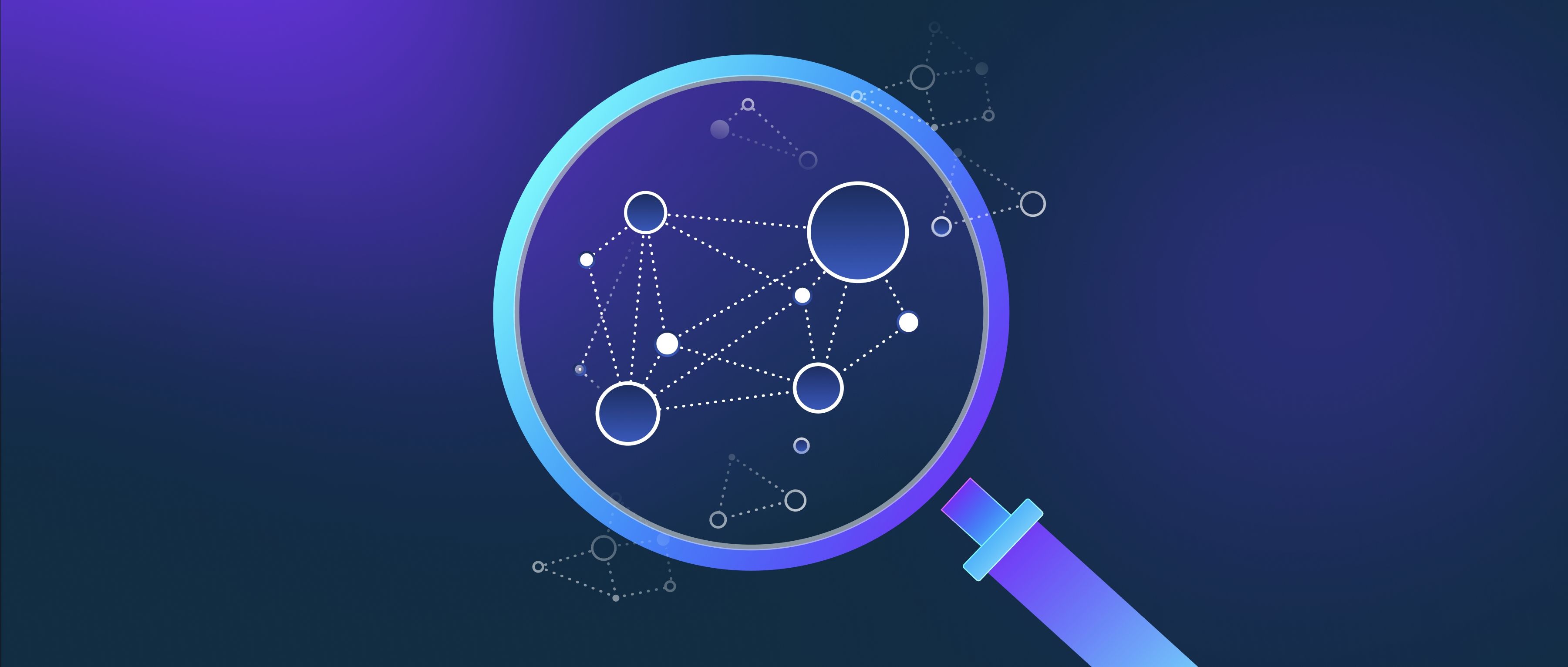In LangChain, chains and agents serve distinct but complementary roles in the process of building applications that utilize language models. A chain is typically a sequence of tasks or operations performed in a defined order. For example, in a simple chain, you might start with a prompt, process it with a language model to generate a response, and then take that response to perform an additional operation, such as storing it in a database or transforming it further. Chains enable developers to create workflows where the output of one step directly feeds into the next, which streamlines the processing of data through predictable pathways.
On the other hand, agents are more dynamic and interactive. They incorporate decision-making capabilities, allowing them to choose between different actions based on the input they receive. An agent can analyze a user's request and determine the most appropriate function to call from a set of available options. For instance, an agent might receive a question and decide whether to consult a knowledge base, generate an answer from a language model, or escalate the query to a human operator. This versatility is especially useful in scenarios where responses may require context or a specific strategy rather than a linear progression.
In summary, the primary difference lies in their structure and function: chains are linear and sequential, while agents are context-aware and capable of making choices about how to respond. As a developer, understanding how to effectively implement both chains and agents allows you to build more sophisticated applications that can handle complex tasks and user interactions efficiently. Combining these elements can lead to more effective use of language models in real-world scenarios, enhancing user experience and operational effectiveness.
